Château de Cayx is located in the middle of the Cahors vineyard and dates back to the early 15th century, and in all likelihood even further back in time. It undoubtedly came into existence as a fort built to control and make money out of boat traffic on the River Lot.
Built on a rocky hillside, the château towers over one of the river’s many meanders, next to the hamlet that bears the same name located in the Luzech district. The château was constantly extended and developed over the centuries, becoming a sprawling residence built from cut stone, and is now the French residence of the Danish royal family.
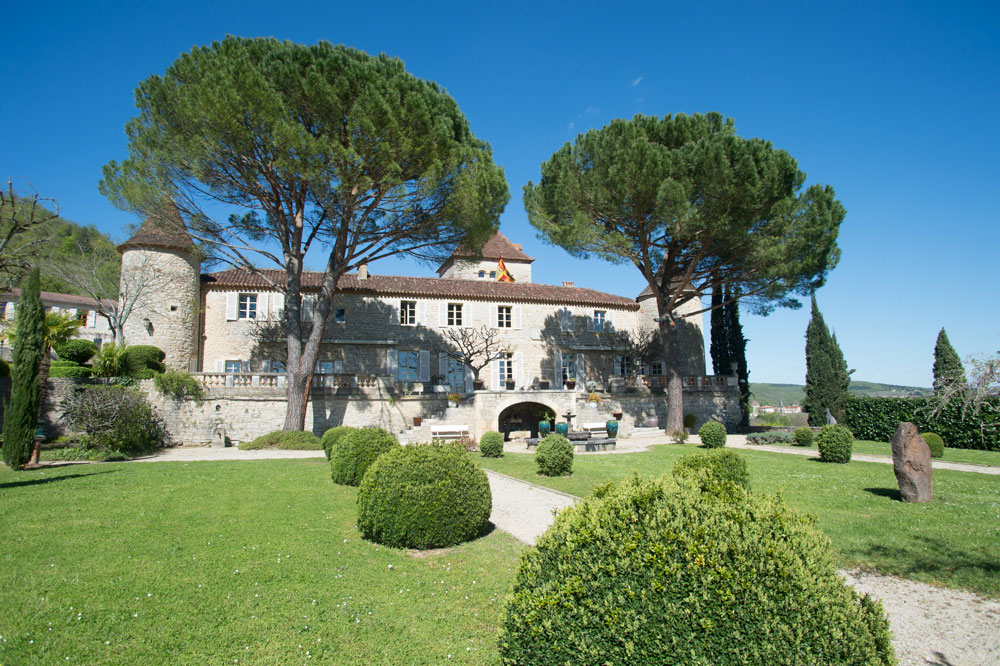
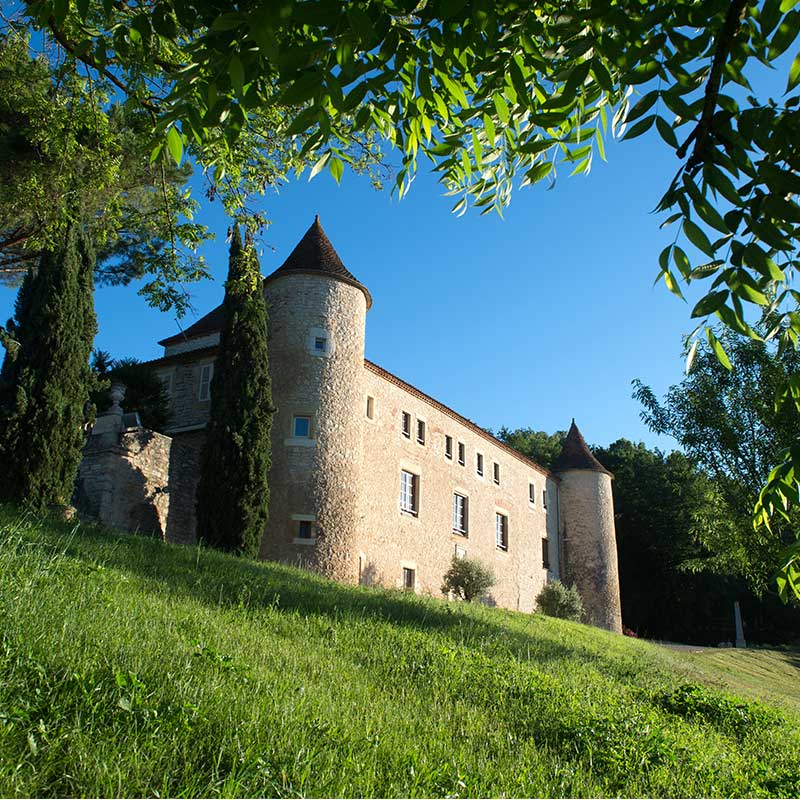
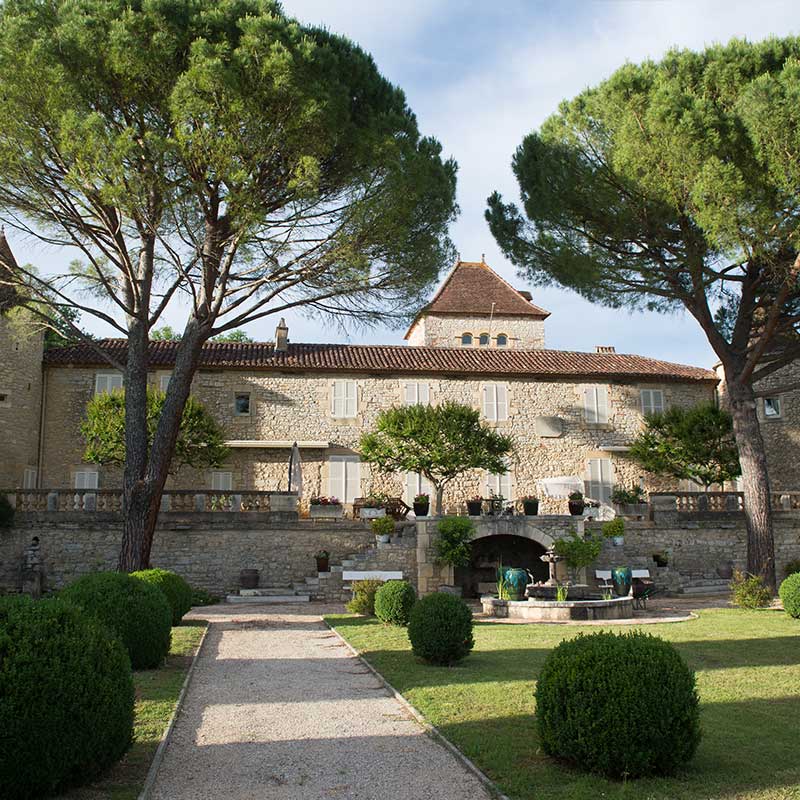
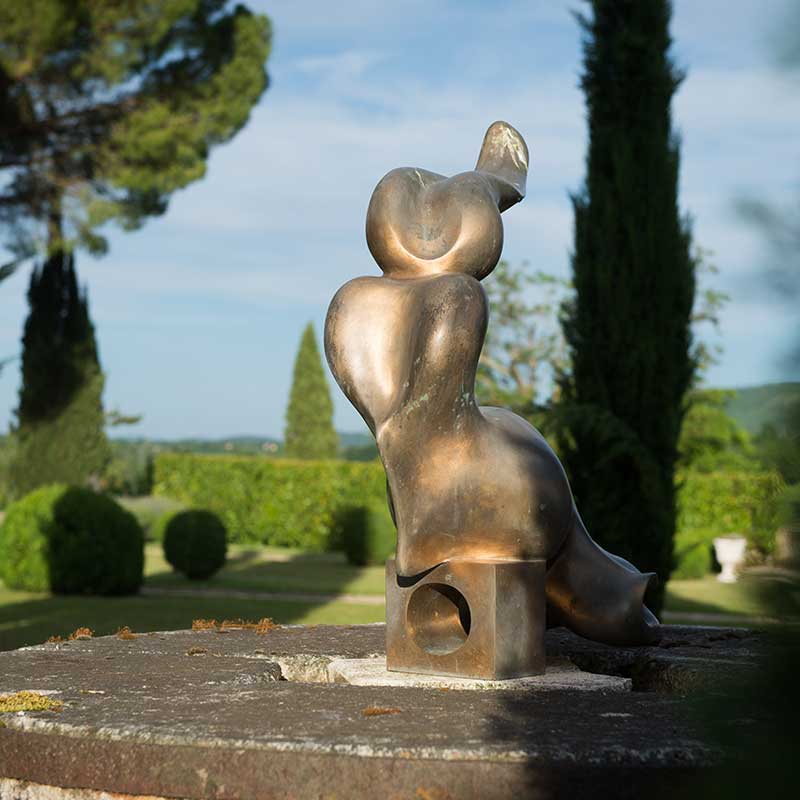
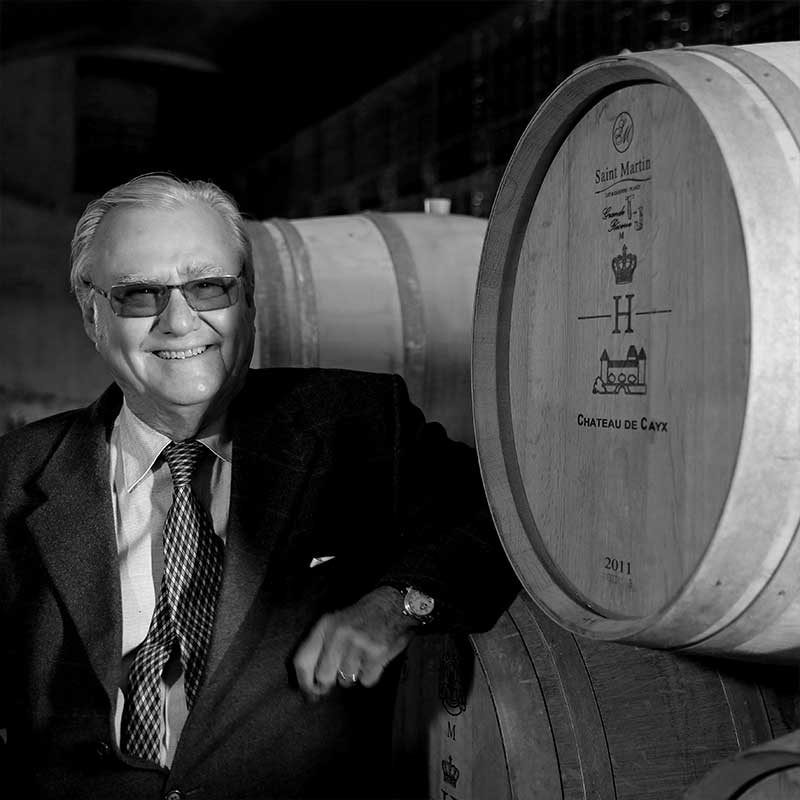
It is worth noting that in the 18th century the château was owned by Marquess Jean-Jacques Lefranc de Pompignan,
a person of note from Montauban, a writer, member of the Académie française, and, interestingly,
the producer of a renowned wine, which he shipped to all four corners of France.
In 1974, Her Majesty Queen Margrethe of Denmark and her husband HRH Prince Henrik (1934-2018) bought the château. The prince’s family had already been living in Albas, just 10km away from Cayx, for several decades. The prince was born Henri de Laborde de Monpezat. The family’s history can be traced back to the 15th century and they originate from Béarn.
The prince divided his time during his childhood years between Indochina (at that time a French colony), where his father and grandfather owned large estates, and the Lot Valley.
Over the years, the Queen and Prince restored and transformed the château, as well as re-establishing a prestigious winery stretching across close to 24 hectares of land.
Attentive visitors will note that the neighbouring hamlet’s name is spelt Caïx. The prince was keen for the spelling to fit better with the pronunciation of the word and opted for Cayx, as was often in fact written over the centuries. The name Caïx very probably comes from the Gallic cajo which means quay, indicating that boat traffic on the River Lot was vital to the region’s economy for centuries.
The once unpredictable river is now first and foremost enjoyed by boaters.